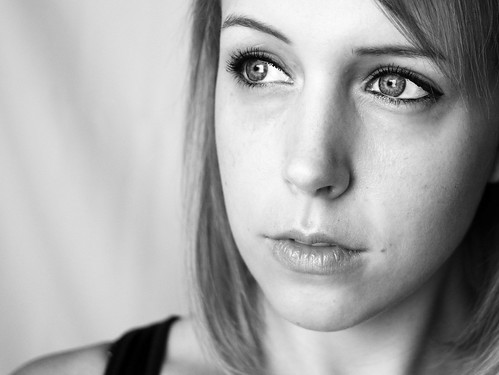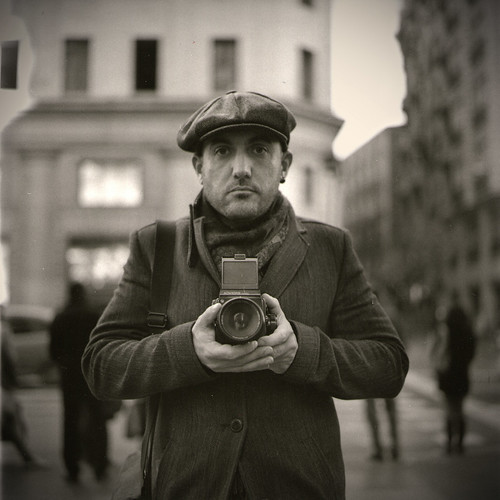Portraiture can be a tricky thing to get right. Even with ideal lighting situations, a photographer still faces quite a few challenges to get a good portrait. There's location scouting, art direction, the ability to convey direction well to subjects, and that's just to name a few. While professional portrait photographers make this look like a walk in the park, if you don't have a background in portrait photography, what may seem like taking a quick photo can turn into a pretty stressful undertaking. Take a look at the guidelines below for a few tips on how to take better portraits.
How to Build Rapport – A portrait photographer should be masterful at getting people to relax in front of the camera. If you're shooting a stranger, take a few minutes before the photoshoot to get to know them. Building a bond, even over small talk, will help your model feel more at ease with you and being in front of the camera. When possible, put on some of their favorite music when shooting.
Think Outside the Box – Don't be afraid to get creative with your composition. Filling the frame with a persons face is certainly a tried and true method of portraiture, but don't limit yourself to the norm. Experiment with placing your subject off-center or holding your camera somewhere in between landscape and portrait orientation for a more unique feel.
Think About Your Backgrounds – If you're shooting out on location, it's especially important to look around at your surroundings and take notice of even the smallest details, as these things will ultimately become the background of your portrait. Avoid shooting it against things that will clash with or otherwise distract the viewer from the subject. If you must shoot in an extremely busy location, try using a shorter depth of field to naturally blend out the background.
It's In the Eyes – A person's eyes are arguably the most import element in portraiture. Did you ever notice how your own eyes are automatically drawn to the eyes of portrait subject? (Think Steve McCurry's famous National Geographic cover portrait, Afghan Girl.) Eyes are capable of speaking to viewers and showing the emotion of the subject, they are great tools in adding expression to your photographs. With this in mind, if the eyes are facing the camera, keep them in focus! It's okay to sharpen the eyes during editing as well, just be sure to not overdo it.
Get Your Edit On… Or Not – How much editing is too much editing? This is largely a matter of self-opinion, as art tends to be; however, if you have to ask yourself if you're over-editing, chances are the answer is yes. Try keeping your editing down to a minimum so that your subject looks as natural as they did when you took the portrait. Removing blemishes and hiding a few wild hairs can add to a portraits quality, but refrain from making the subject appear as though they have gone through major plastic surgery.
Do you have any tips on how to take better portraits? Be sure to share them with us in the comment section below!
Tiffany Mueller is a professional music and fine art photographer. Published in various publications including magazines, art journals, as well as books, Tiffany has been fortunate enough to have been in a perpetual state of travel since her youth and is currently working on a 50-states project. You can also keep up with Tiffany via Twitter at or on her personal blog.









1 Comment
Some nice little tips you got there.